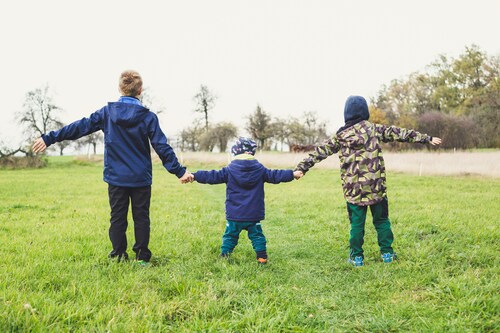Educators in Ermington’s child care centres are pioneering innovative approaches to embed sustainability principles into young learners’ minds. Recognising the importance of early education in shaping future generations’ relationship with the environment, ermington childcare educators employ a range of strategies to instil values of conservation, respect for nature, and sustainable living. This article explores the methods used to nurture environmental stewardship among the youngest members of the community.
Integrating Nature into Learning Environments
A key strategy is the integration of natural elements into indoor and outdoor learning spaces. Children are encouraged to interact with their environment through activities such as gardening, where they can witness the growth cycle of plants first-hand. This hands-on approach teaches them about the natural world and the importance of caring for living things. By fostering a direct connection with nature, educators help children understand their role in the ecosystem and the impact of their actions on the world around them.
Teaching Through Eco-friendly Practices
Sustainability is woven into the daily routine, demonstrating eco-friendly processes such as recycling, composting, and the conservation of water and electricity. Through participation in these activities, children learn the importance of resource conservation and develop habits that reduce environmental impact. Educators emphasise the concept of “reduce, reuse, recycle” by incorporating recycled materials into art projects and other creative endeavours, showing that sustainability can be fun and educational.
Storytelling and Environmental Awareness
The power of storytelling is harnessed to convey messages about the environment and sustainability. Books and stories featuring themes of conservation, wildlife protection, and the consequences of pollution serve as engaging tools to spark interest and empathy towards the planet. These narratives encourage children to think critically about environmental issues and imagine how they can contribute to a healthier world.
Celebrating Earth’s Diversity Through Cultural Learning
Understanding that respect for the environment goes hand in hand with respect for diverse cultures, Ermington educators include global perspectives on sustainability in their curriculum. This approach highlights how different communities around the world live in harmony with nature and utilise sustainable practices. By celebrating cultural diversity, children learn to appreciate the global nature of environmental stewardship and the importance of international cooperation in addressing ecological challenges.
Empowering Young Environmental Advocates
Empowerment is a crucial aspect of teaching sustainability. Children are encouraged to see themselves as agents of change, capable of making a difference in their community. Initiatives such as creating wildlife-friendly spaces in the childcare centre and participating in local environmental projects give children a sense of ownership and responsibility for their environment. This empowerment helps cultivate a generation of informed and motivated young individuals eager to advocate for sustainable practices.
Leveraging Technology for Sustainability Education
While traditional hands-on and outdoor activities form the core of sustainability education, technology also plays a supportive role. Interactive apps and digital resources are used to supplement learning, offering children engaging and informative ways to explore environmental concepts. This balanced approach ensures that children appreciate the benefits of technology while understanding the importance of disconnecting and engaging directly with the natural world.
Conclusion
Educators in ermington childcare centres are setting a commendable example of how early childhood education can play a pivotal role in promoting sustainability. By integrating nature into learning environments, teaching through eco-friendly practices, utilising storytelling, celebrating cultural diversity, empowering young minds, and leveraging technology, they are instilling a deep-seated respect for the environment in young learners. These efforts prepare children for a future in which sustainability is paramount, thereby sowing the seeds for a more environmentally conscious and responsible generation.










